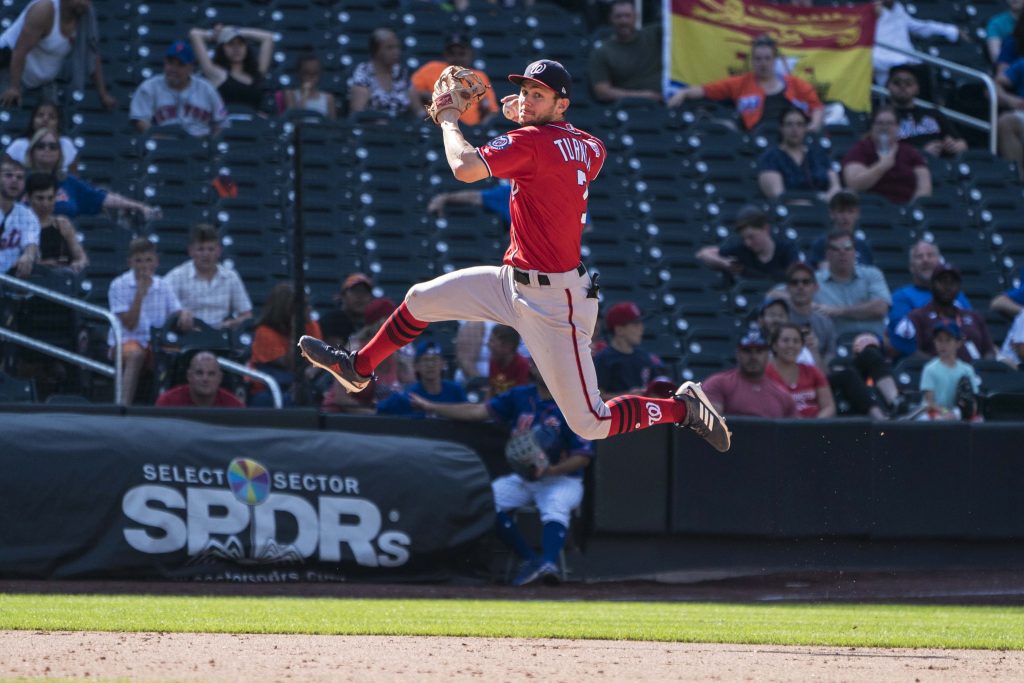
This year’s cutoff for players to achieve Super Two status, and thus be eligible for arbitration a year early, has been set at two years and 134 days of Major League service time (written as 2.134), tweets ESPN’s Jerry Crasnick.
In order to reach Super Two status, a player must be in the top 22 percent of players with between two and three seasons of MLB service (in terms of total service time) and must have spent 86 days of the preceding season on a Major League roster or disabled list. That designation allows those players to reach arbitration eligibility a year early and go through arbitration four times as opposed to the standard three.
Not only does this increase players’ earning power in the ensuing season, but it also has a substantial impact on their earnings years down the line, as arbitration salaries are built upon the prior year’s earnings. By getting to arbitration early, players jump-start their earning potential a full year sooner than most of their peers. It’s hardly a surprise, then, that the current single-season salary record holder for an arbitration-eligible player, Josh Donaldson, reached Super Two status early in his career ($23MM). Nor is it surprising that Nolan Arenado, who is projected by MLBTR contributor Matt Swartz to break that record this offseason, was also a Super Two player. Swartz projects Arenado to take home a whopping $26.1MM salary in his final winter of arbitration eligibility.
Here’s how this year’s 2.134 cutoff compares to recent years:
- 2017: 2.123
- 2016: 2.131
- 2015: 2.130
- 2014: 2.133
- 2013: 2.122
- 2012: 2.140
- 2011: 2.146
- 2010: 2.122
- 2009: 2.139
This year’s cutoff is the highest in a half decade, leaving a handful of players ever so slightly on the outside of the bubble. Among them are the Mariners’ Edwin Diaz (2.121), the Athletics’ Andrew Triggs (2.123), the Dodgers’ Austin Barnes (2.124), the Rays’ Mallex Smith (2.125), the Nationals’ Justin Miller (2.128), the Rangers’ Matt Bush (2.132) and the Reds’ Scott Schebler (2.132).
Conversely, there are a few players who ever so narrowly squeaked into Super Two status under the wire. Chief among them is Nationals shortstop Trea Turner, who exemplifies the benefit of reaching Super Two status. Had Turner accrued even two fewer days of big league service than the 2.135 years he presently has, he’d have been in line for a six-figure salary not far north of the Major League minimum. Instead, he’s projected by Swartz to earn nearly 10 times that amount — a salary of $5.3MM. He’ll get a raise based on that starting point in 2020 and continue earning raises through the 2022 season, after which he’ll be a free agent.
Beyond Turner, Tigers left-hander Matthew Boyd just barely surpassed the cutoff at 2.136 and is projected at an even $3MM. Cubs righty Carl Edwards Jr. and Braves lefty Jacob Lindgren each landed at 2.134 on the dot, making both arbitration-eligible this winter as well. Edwards is projected to earn $1.4MM, while Lindgren projects at $600K due to the fact that he missed the 2018 season recovering from surgery and did not throw a pitch.
Be the first to comment